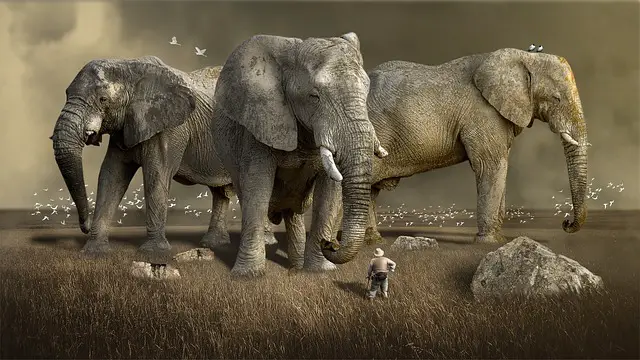Outdoor adventure and learning new skills are integral parts of the Boy Scouts of America’s core values. One such adventure that typifies these values is orienteering. But what is a Boy Scout orienteering course, and why is it important? Let’s plunge into the insightful world of scouting and orienteering.
Understanding What a Boy Scout Orienteering Course Entails
First things first, what does orienteering mean? Orienteering is a sport that tests navigational skills using a map and compass to navigate from point to point in diverse terrains. It is also a vital component of a typical Boy Scout’s survival skills toolkit.
Importance of Orienteering in Scouting
Orienteering in scouting is not merely about teaching young boys how to read a map or use a compass. It’s about fostering independence, promoting physical fitness, nurturing problem-solving skills, and building teamwork. In essence, it is a fun-filled adventure that molds boys into responsible and resourceful individuals.
Structure of the Orienteering Course
The Boy Scout orienteering course comprises several stations or control points marked on an orienteering map. Scouts, either individually or in a team, must locate these stations using only a compass and the map. Each course is unique, varying in distance, difficulty, and location, ensuring that no two orienteering experiences are the same.
How Does the Boy Scout Orienteering Course Work?
The fundamental aim of the orienteering course is to complete the circuit in the quickest time possible. It is not, however, a stroll in the park. It demands a fine balance of speed, intellect, and navigational proficiency. So how exactly does it work?
Orienteering Map Reading
Scouts are armed with a specially designed map that represents the orienteering area. It uses symbols and colors to depict features like water bodies, vegetation, trails, and the all-important control points. Scouts must understand these symbols to navigate the course successfully.
Compass Navigation
The compass is the scout’s best friend in this exercise. Scouts learn how to use it to determine directions and plot a course on the map. They must ascertain the most efficient route between control points while avoiding potential obstacles.
Developing Skills Through the Boy Scout Orienteering Course
Though it may seem like a simple outdoor activity, the orienteering course is a robust tool for teaching valuable life skills.
Leadership and Teamwork
Whether in teams or individually, the orienteering course fosters leadership skills. Scouts have to make critical decisions under pressure, adapt to changing circumstances, and work together to achieve a common goal.
Problem-Solving and Decision-Making
The course’s unpredictable nature requires scouts to think on their feet. How can they shorten their route? What obstacles might they face? How can they fast-track their journey while conserving energy? These are all questions that promote problem-solving and decision-making skills.
In conclusion, the Boy Scout orienteering course is not just another outdoor activity. It is an adventure-filled, skill-honing journey that plays a pivotal role in the scouting experience. It equips scouts with essential survival skills and fosters personal development qualities like leadership, teamwork, and problem-solving. It is indeed a worthwhile voyage in every scout’s journey.




